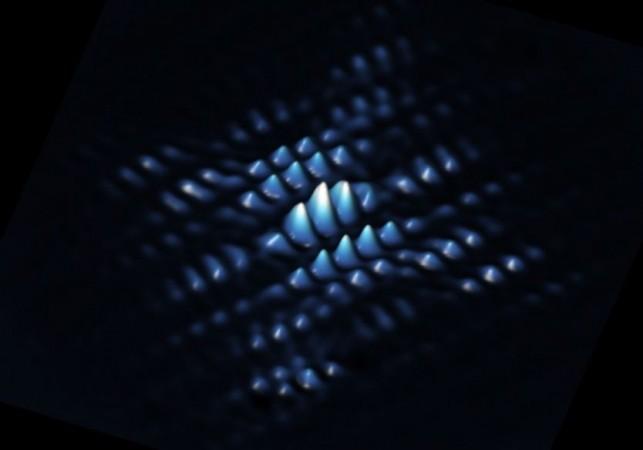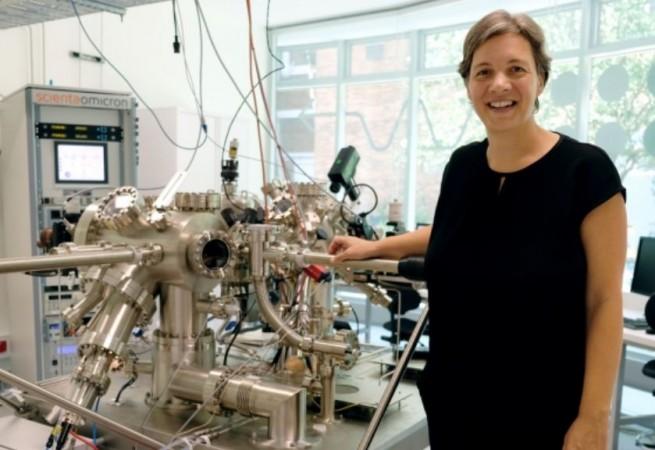
An Australian team of scientists has managed to make two atom qubits "talk" to each other, which, according to them, is a "major milestone" in the race to create world's first single-atom quantum computer.
As part of a study, published in the journal Nature Communications, the scientists led by University of New South Wales (UNSW) professor Michelle Simmons managed to create qubits from precisely positioned individual phosphorus atoms in a silicon chip. Once positioned, the scientists could make two of those atom qubits communicate and correlate with each other.
The team of scientists led by Simmons is said to be the only group in the world to witness the exact position of their qubits in the solid state. Prior to the latest advance, the scientists recently achieved two other breakthroughs using the same approach to building a quantum computer.
"Our competitive advantage is that we can put our high-quality qubit where we want it in the chip, see what we've made, and then measure how it behaves. We can add another qubit nearby and see how the two wave functions interact. And then we can start to generate replicas of the devices we have created," Simmons, who was recently named the 2018 Australian of the Year for her work in quantum computing research, said in a statement.
According to the scientists, they were able to place two qubits 16 nanometers apart in a silicon chip. They also used electrodes patterned onto the chip to control the interactions between the two adjacent qubits, so that the "quantum spins" of their electrons became correlated.
"When the spin of one electron is pointing up, the other points down, and vice versa," Matthew Broome of the University of Copenhagen and the study's co-author, said in the statement. "These types of spin correlations are the precursor to the entangled states that are necessary for a quantum computer to function and carry out complex calculations."

Previous theories had predicted that two qubits would need to be placed 20 nanometers apart to make them correlate with each other. But the latest findings revealed that this correlation could occur even if the atoms are placed 16 nanometers apart.
"In our quantum world, this is a very big difference," study co-author Sam Gorman of UNSW said in the statement. "It is also brilliant, as an experimentalist, to be challenging the theory."
Now that the qubits are successfully made to communicate with each other, the next step for the scientists is to get the qubits entangled with each other, Simmons told The Australian Financial Review.
Quantum entanglement, the state in which one atomic or sub-atomic particle affects the state of other such particles, is considered to be essential to building a quantum computer.
Unlike traditional computers that store information as either 1 or 0, quantum computers can exist in multiple states in combination of 0 and 1 at the same time. This superposition helps each qubit perform two calculations at once, making it possible for a quantum computer with multiple entangled qubits to perform calculations at an incredibly faster speed than existing computers.









